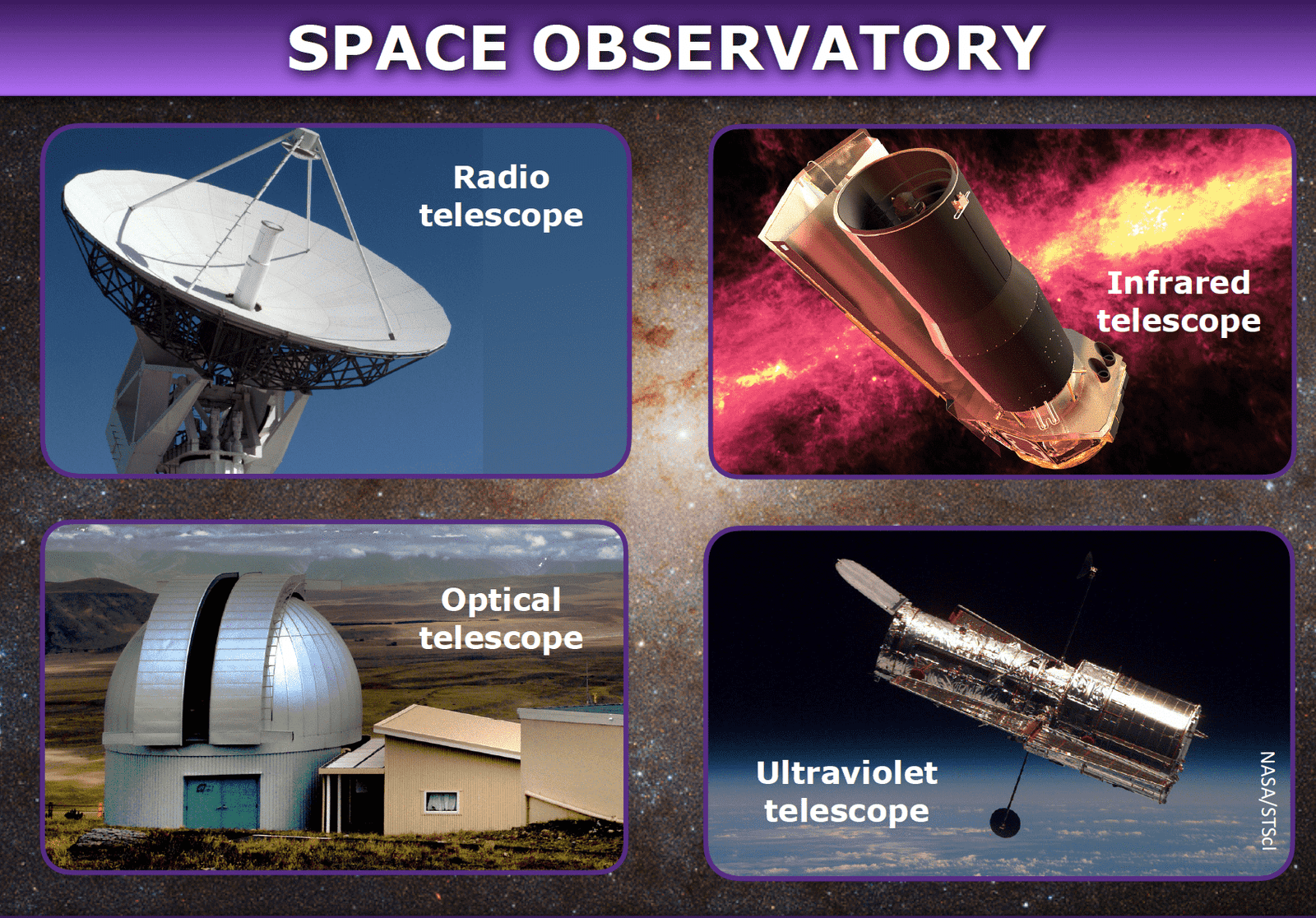Which is the function of space observatory technology? A space observatory, or space telescope, observes celestial objects in outer space without Earth’s atmosphere’s interference, enabling clearer observations of the cosmos. Space observatory technology allows us to study celestial objects remotely from the distortions of Earth‘s atmosphere.
Which is the function of space observatory technology? The Purpose of Space Observatories
Space observatories play a pivotal role in advancing our understanding of the universe. By placing telescopes and other instruments in space, we eliminate the distortion caused by Earth’s atmosphere, obtaining clearer and more detailed observations of celestial phenomena. The primary functions of space observatories encompass a wide range of scientific objectives, from studying the birth of stars to understanding the fundamental properties of the cosmos.
Eliminating Atmospheric Interference
One of the key advantages of space observatories is their ability to avoid atmospheric interference. Earth’s atmosphere scatters and absorbs various wavelengths of light, limiting the effectiveness of ground-based telescopes. By operating in the vacuum of space, observatories like the Hubble Space Telescope (HST) can capture high-resolution images across a broad spectrum, from ultraviolet to near-infrared light.
Extended Wavelength Coverage

Space observatories extend our observational capabilities beyond the visible spectrum. Instruments on these platforms are designed to detect radio waves, microwaves, infrared, ultraviolet, X-rays, and gamma rays. Each of these wavelengths provides unique insights into different aspects of the universe. For example, the Chandra X-ray Observatory studies high-energy regions like black holes and supernova remnants, while the James Webb Space Telescope (JWST) will focus on infrared observations to study the formation of stars and galaxies.
Monitoring Dynamic and Transient Events
Space observatories are essential for monitoring dynamic and transient events, such as supernovae, gamma-ray bursts, and variable stars. These phenomena can change rapidly, and having instruments in space allows for continuous and uninterrupted observation. Swift, for instance, is a space observatory dedicated to detecting gamma-ray bursts and immediately focusing its instruments on these short-lived events to gather critical data.
Major Space Observatories and Their Contributions
Hubble Space Telescope (HST)
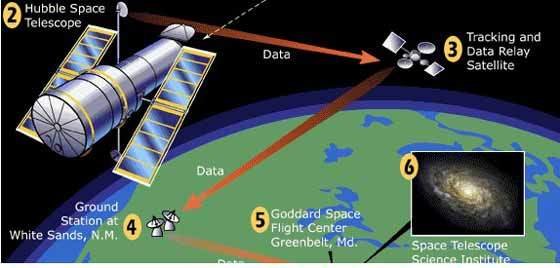
Launched in 1990, the Hubble Space Telescope has transformed our understanding of the universe. Its high-resolution images have provided unparalleled views of distant galaxies, nebulae, and star-forming regions. Hubble’s observations have led to significant discoveries, such as the accelerated expansion of the universe and the presence of supermassive black holes at the centers of galaxies.
Chandra X-ray Observatory
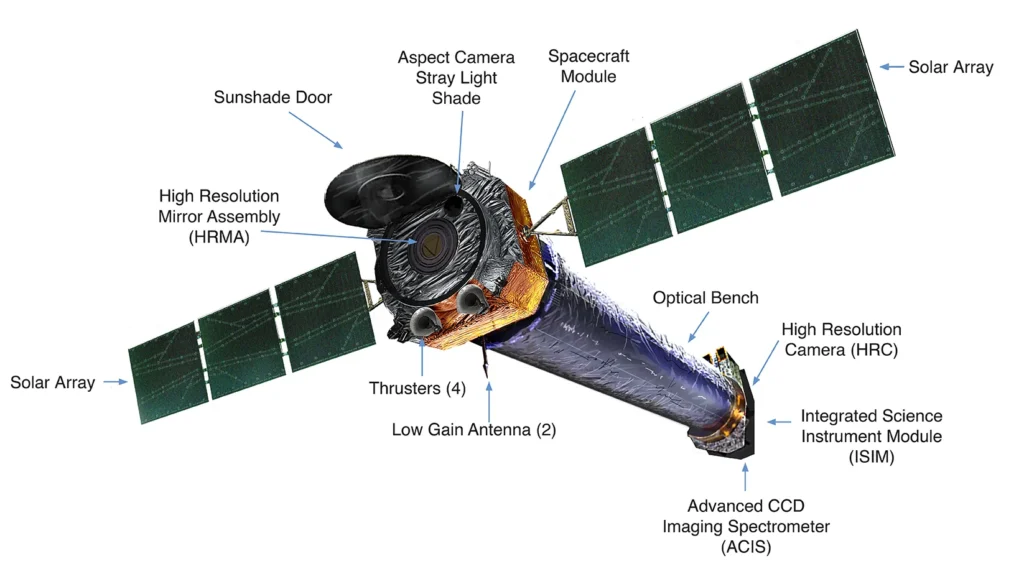
The Chandra X-ray Observatory, launched in 1999, focuses on the X-ray spectrum. It has provided deep insights into high-energy processes in the universe, such as the behavior of matter in the vicinity of black holes, the remnants of supernovae, and the hot gas in galaxy clusters. Chandra’s observations have been crucial in understanding the life cycles of stars and the evolution of galaxies.
X-ray Spectrum and Chandra’s Mission:
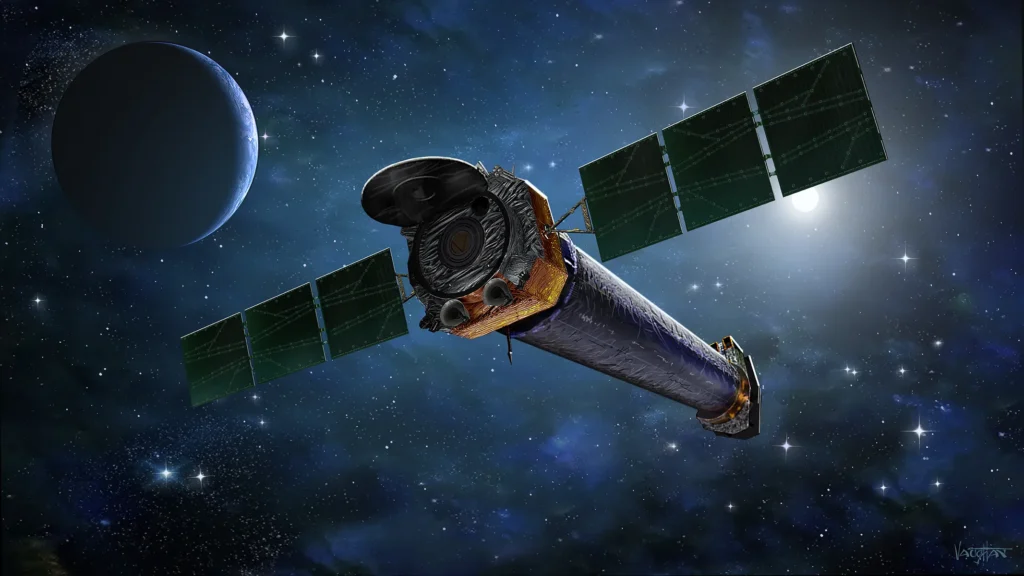
- The Chandra X-ray Observatory, affectionately known as Chandra, is one of NASA’s Great Observatories. Its primary focus is the high-energy X-ray portion of the electromagnetic spectrum.
- Unlike optical telescopes that observe visible light, Chandra detects X-rays emitted by extremely hot and energetic celestial objects.
- Chandra’s mission is to study the X-ray emissions from various cosmic phenomena, providing us with unique insights into the most extreme environments in the universe
James Webb Space Telescope (JWST)

Scheduled for launch in 2021, the James Webb Space Telescope represents the next generation of space observatories. With its advanced infrared capabilities, JWST will study the formation and evolution of stars and galaxies, the atmospheres of exoplanets, and the potential for life beyond our solar system. Its large, segmented mirror will provide unprecedented sensitivity and resolution, enabling scientists to peer deeper into the cosmos than ever before.
Spitzer Space Telescope
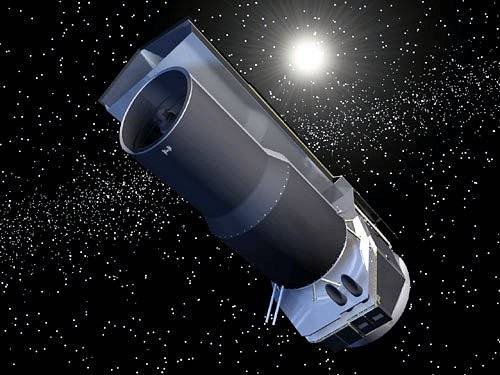
The Spitzer Space Telescope, operational from 2003 to 2020, focused on the infrared spectrum. It revealed the hidden structure of galaxies, star-forming regions, and planetary systems. Spitzer’s observations have contributed significantly to our understanding of the early stages of star and planet formation, as well as the composition of exoplanet atmospheres.
Specialized Functions of Space Observatories
Studying the Cosmic Microwave Background (CMB)
Space observatories like the Wilkinson Microwave Anisotropy Probe (WMAP) and the Planck satellite have been instrumental in studying the cosmic microwave background (CMB). The CMB is the afterglow of the Big Bang, and its detailed observations provide crucial information about the early universe, including its age, composition, and rate of expansion. These studies have helped refine the Lambda Cold Dark Matter (ΛCDM) model, the leading theory of cosmology.
Exploring Exoplanets
The search for exoplanets has been revolutionized by space observatories such as Kepler and TESS (Transiting Exoplanet Survey Satellite). These telescopes monitor the brightness of stars to detect the minute dimming caused by planets passing in front of them. By studying these transits, astronomers can determine the size, orbit, and sometimes the composition of these distant worlds. Future missions, like the JWST, will further investigate the atmospheres of exoplanets, searching for signs of habitability or even life.
Investigating Dark Matter and Dark Energy

Understanding dark matter and dark energy remains one of the most profound challenges in cosmology. Space observatories contribute to this effort by mapping the distribution of galaxies and observing the gravitational lensing effects caused by dark matter. Projects like the Euclid mission, set to launch in the mid-2020s, aim to provide detailed surveys of the sky to better understand the influence of dark matter and the nature of dark energy.
Probing Star and Galaxy Formation

Space observatories have been crucial in studying the processes of star and galaxy formation. By observing different wavelengths of light, these instruments can penetrate dust clouds that obscure our view from Earth. The Herschel Space Observatory, which operated from 2009 to 2013, used its infrared capabilities to study the cold, dusty regions where stars and planetary systems form. Such observations help us understand the initial conditions and physical processes that lead to the birth of stars and the evolution of galaxies.
Technological Innovations Driving Space Observatories
Adaptive Optics and Precision Engineering
The development of adaptive optics and precision engineering has significantly enhanced the capabilities of space observatories. Adaptive optics systems correct for distortions in the observed images caused by imperfections in the telescope’s optics or movements of the spacecraft. This technology ensures that the data collected is of the highest quality, allowing for more accurate scientific analyses.
Cryogenic Systems

Many space observatories are equipped with cryogenic systems to cool their instruments to very low temperatures. This cooling is essential for infrared telescopes, as it reduces thermal noise and increases sensitivity to faint signals. The JWST, for example, uses a sophisticated cryogenic cooling system to maintain its instruments at temperatures close to absolute zero.
Data Processing and Analysis
Advanced data processing and analysis techniques are crucial for interpreting the vast amounts of information collected by space observatories. Machine learning and artificial intelligence are increasingly being used to process and analyze data, identify patterns, and make discoveries. These technologies enable scientists to sift through large datasets efficiently and extract meaningful insights.
Space observatory technology is at the forefront of astronomical research, providing critical insights into the universe’s fundamental properties and processes. By eliminating atmospheric interference, extending wavelength coverage, and monitoring dynamic events, space observatories have revolutionized our understanding of the cosmos. The contributions of major observatories like Hubble, Chandra, and JWST, along with specialized missions targeting the CMB, exoplanets, and dark matter, continue to push the boundaries of human knowledge. As technological innovations drive further advancements, the future of space observatories promises even more groundbreaking discoveries.

